Fast food trucks are the modern nomads of the food industry, blending convenience, creativity, and community spirit into a mobile dining experience. These trucks serve as gourmet kitchens on wheels, offering everything from classic burgers and tacos to fusion cuisine and global flavors. With their agility, low overhead costs, and ability to adapt to trends, fast food trucks have transformed urban dining landscapes, becoming staples at festivals, corporate events, and bustling street corners.

Key Features
1.Compact & Functional Design
- Sleek, branded exteriors with eye-catching graphics and menu displays.
- Serving windows with sneeze guards, LED lighting, and customizable signage.
- Portable generators or solar panels for off-grid operations.
2.Speed & Efficiency
- Streamlined workflows optimized for quick service during peak hours.
- Pre-prepared ingredients or batch-cooking systems to reduce wait times.
- Digital order boards or QR code menus for contactless service.
3.Adaptability & Innovation
- Seasonal menus (e.g., pumpkin spice burgers in fall, tropical tacos in summer).
- Collaborations with local breweries, farms, or artisans for exclusive dishes.
- Themed concepts (e.g., “Taco Tuesday Truck,” “Vegan Waffle Wagon”).
4.Community Engagement
- Social media integration (live location tracking, “flavor of the day” updates).
- Loyalty programs or discounts for repeat customers.
- Pop-up partnerships with markets, schools, or offices.
Interior Equipment
1.Cooking Stations
- Grills & Griddles: Flat-top grills for burgers, pancakes, or smash tacos.
- Fryers: Deep fryers for fries, chicken tenders, or loaded nachos.
- Flattops/Planchas: For searing meats, cooking eggs, or toasting tortillas.
- Broilers/Salamanders: To melt cheese on sandwiches or finish dishes with a crisp.
2.Preparation & Storage
- Refrigeration Units: Walk-in coolers or under-counter fridges for fresh produce, meats, and dairy.
- Freezers: For storing pre-made patties, frozen fries, or ice cream.
- Dry Storage: Shelves or bins for spices, condiments, and packaging supplies.
3.Serving & Assembly Areas
- Hot & Cold Holding Units: Bain-maries for chili, soups, or sauces; chilled display cases for salads or wraps.
- Packaging Stations: Pre-cut wraps, eco-friendly containers, biodegradable cutlery, and branded napkins.
- Topping Bars: Condiment dispensers (ketchup, mayo), pickles, onions, and cheese shredders.
4.Utility & Safety Systems
- Exhaust Hoods & Fire Suppression: To comply with health and safety codes.
- Handwashing Stations: Triple-sink setups for cleaning, sanitizing, and dishwashing.
- Waste Management: Recycling/compost bins and grease traps for fryers.
5.POS & Payment Systems
- Touchscreen registers with inventory tracking and real-time sales analytics.
- Contactless payment readers (credit cards, mobile wallets, Apple Pay).
- Cloud-based software for order management and customer loyalty programs.
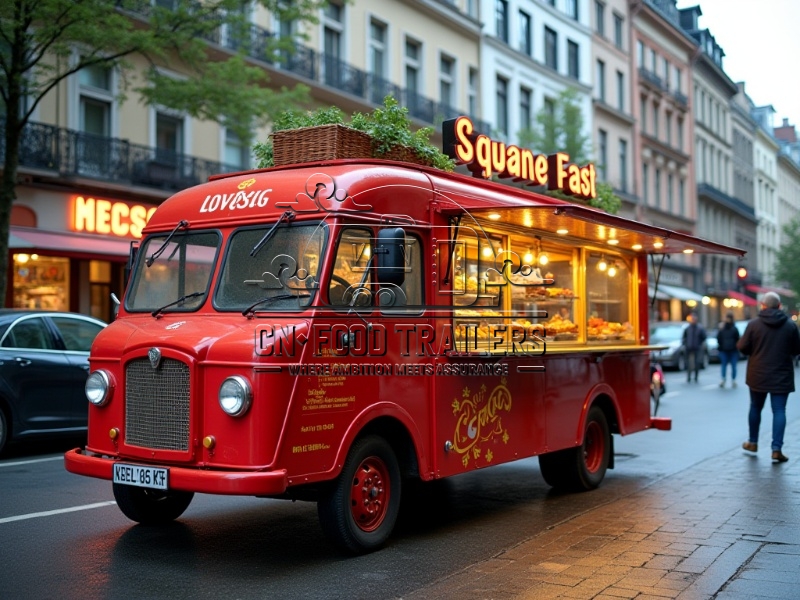
Applications
1.Street Food & Lunch Breaks
- Park near office buildings, universities, or transit hubs for quick meals.
- Offer “combo deals” (burger + fries + drink) for time-pressed workers.
2.Festivals, Fairs & Carnivals
- Attract crowds at music festivals, county fairs, or cultural celebrations.
- Serve “walk-and-eat” snacks like loaded fries, mini tacos, or dessert burritos.
3.Private Events & Catering
- Weddings, birthdays, or corporate retreats with customizable menus.
- “Truck-and-Tent” packages for outdoor receptions or team-building events.
4.Late-Night & Nightlife Hotspots
- Position near bars, clubs, or college campuses for post-party snacks.
- Offer “hangover” specials (e.g., loaded breakfast burritos, bacon fries).
5.Farmers’ Markets & Food Truck Pods
- Join curated food truck parks for weekend dining destinations.
- Collaborate with local farmers for seasonal, farm-to-truck ingredients.
6.Disaster Relief & Community Support
- Deploy during emergencies to provide hot meals to affected areas.
- Partner with nonprofits for fundraising events or free meal initiatives.

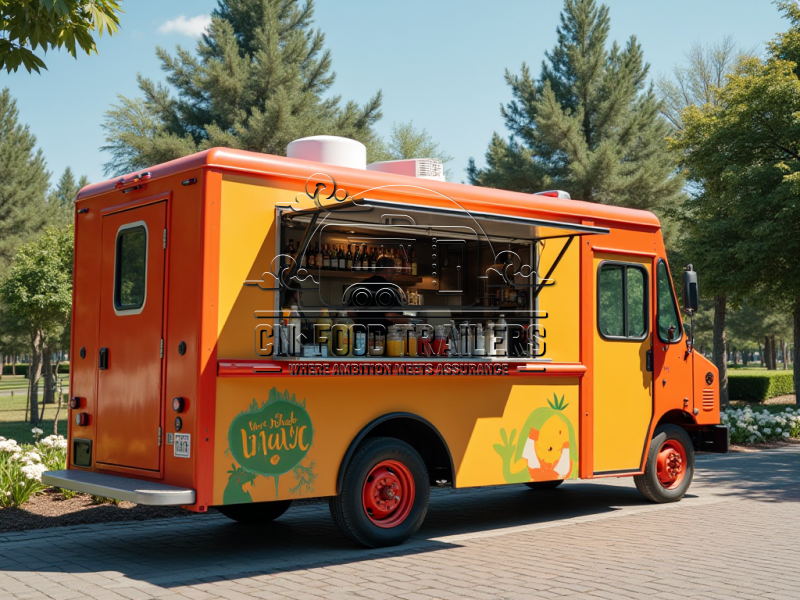

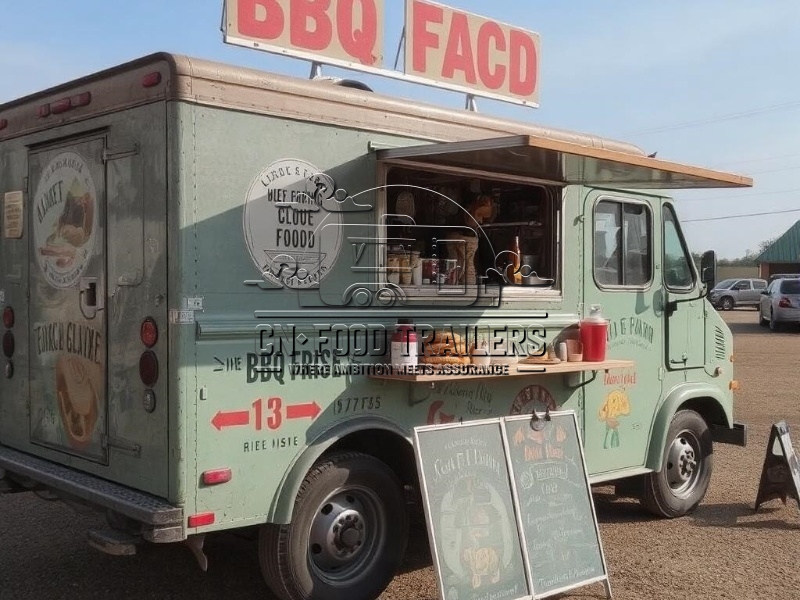
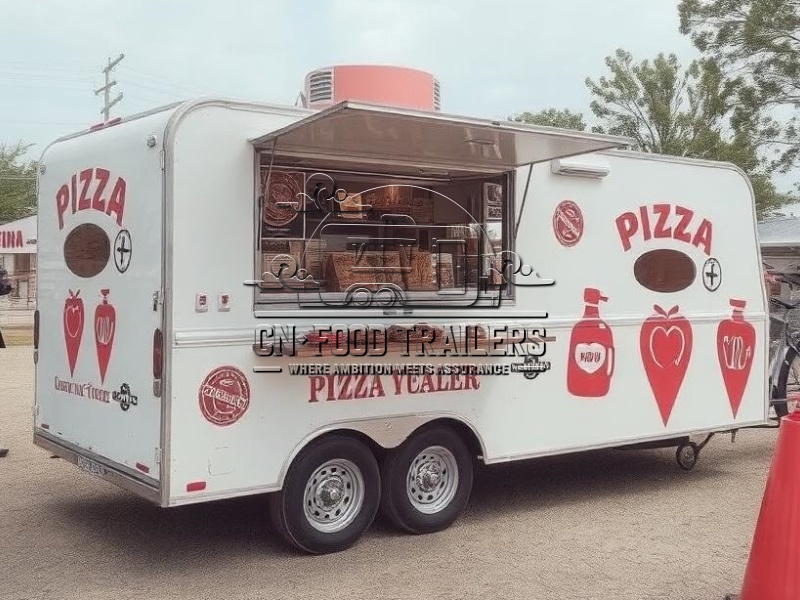
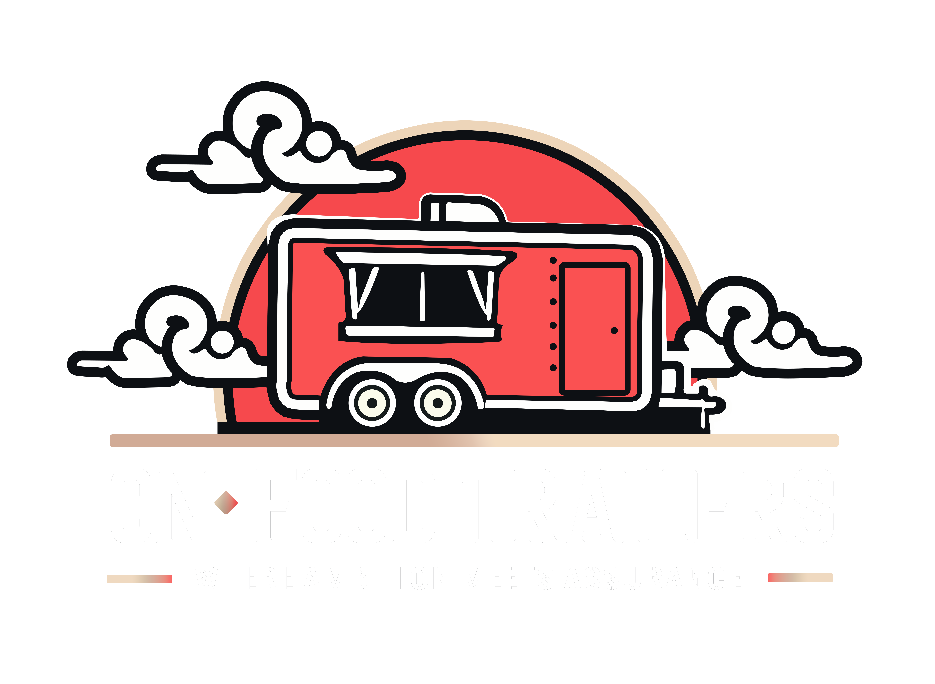
Leave A Comment